-
Posts
16,656 -
Joined
-
Last visited
Content Type
Profiles
Forums
Store
Help Articles
Everything posted by liuzhou
-
I usually toast them in the wok to release the oils before introducing to the dish I'm making, yes*. Sometimes I add them near the end as you describe. Sometimes much earlier. It depends what I'm cooking. I seldom use the oil. Sometimes in dips; sometimes in hotpots. I don't detect any metallic notes, though. That suggests to me that they aren't very fresh, but I'm not sure. They should always be numbing in addition to any other qualities. Lack of numbing = stale. * Again, this applies to many dried spices.
-
Doesn't surprise me. They are only recently available here. According to Fuchsia Dunlop, they were only approved for sale and consumption in 1998, two years after I arrived. But I didn't encounter them until about 3 or 4 years ago.
-
I have no idea what Norman Tuna means, but I'd eat that. Beautiful.
-
2. Star Anise If you have used star anise, Illicium verum in your cooking, there is a strong chance that they came from Guangxi where I live. The plant is native to here and Guangxi produces 80% of the world crop. Known in Chinese as 八角 (bā jiǎo), literally ‘8 horns’ although they can, in fact, have between 6 and 10 ‘horns’, it is used extensively in Chinese cooking, but also in medicines, perfumery, soaps, toothpastes, mouthwashes, skin creams etc. They are the pericarp of the flowers of a small tree in the magnolia family. I had one growing outside my second home in the countryside. The flowers are harvested before they ripen and dried to these hard brown stars. They are not related to aniseed, but both contain the chemical, anethole which supplies the distinctive flavour, also found in fennel. Again they are used as a component of five-spice powder, but also used whole for their umami in hot pots, soups, braised and stewed dishes etc. They are not actually eaten and may be removed before serving. They can, of course, also be used in many western dishes. I use them in Italian style ragu and even Scottish mince and tatties! Although they hold their flavour much longer than the Sichuan peppercorns above, I'd still recommend buying them as fresh as you can and in small quantities. In fact, I'd say that applies to all spices.
-
Your wish is my command! Sometimes! A lot of what I say here, I will have already said in scattered topics across the forums, but I guess it's useful to bring it all into one place. First, I want to say that China uses literally thousands of herbs. But not in their food. Most herbs are used medicinally in Traditional Chinese Medicine (TCM), often in their dried form. Some of the more common are sold in supermarkets, but more often in pharmacies or small specialist stores. I also often see people on the streets with baskets of unidentified greenery for sale - but not for dinner. The same applies to spices, although more spices are used in a culinary setting than are herbs. I’ll start with Sichuan peppercorns as these are what prompted @Tropicalsenior to suggest the topic. 1. Sichuan Peppercorns Sichuan peppercorns are neither pepper nor, thank the heavens, c@rn! Nor are they necessarily from Sichuan. They are actually the seed husks of one of a number of small trees in the genus Zanthoxylum and are related to the citrus family. The ‘Sichuan’ name in English comes from their copious use in Sichuan cuisine, but not necessarily where they are grown. Known in Chinese as 花椒 (huājiāo), literally ‘flower pepper’’, they are also known as ‘prickly ash’ and, less often, as ‘rattan pepper’. The most common variety used in China is 红花椒 (hóng huā jiāo) or red Sichuan peppercorn, but often these are from provinces other than Sichuan, especially Gansu, Sichuan’s northern neighbour. They are sold all over China and, ground, are a key ingredient in “five-spice powder” mixes. They are essential in many Sichuan dishes where they contribute their numbing effect to Sichuan’s 麻辣 (má là), so-called ‘hot and numbing’ flavour. Actually the Chinese is ‘numbing and hot’. I’ve no idea why the order is reversed in translation, but it happens a lot – ‘hot and sour’ is actually ‘sour and hot’ in Chinese! The peppercorns are essential in dishes such as 麻婆豆腐 (má pó dòu fǔ) mapo tofu, 宫保鸡丁 (gōng bǎo jī dīng) Kung-po chicken, etc. They are also used in other Chinese regional cuisines, such as Hunan and Guizhou cuisines. Red Sichuan peppercorns can come from a number of Zanthoxylum varieties including Zanthoxylum simulans, Zanthoxylum bungeanum, Zanthoxylum schinifolium, etc. Red Sichuan Peppercorns Another, less common, variety is 青花椒 (qīng huā jiāo) green Sichuan peppercorn, Zanthoxylum armatum. These are also known as 藤椒 (téng jiāo). This grows all over Asia, from Pakistan to Japan and down to the countries of SE Asia. This variety is significantly more floral in taste and, at its freshest, smells strongly of lime peel. These are often used with fish, rabbit, frog etc. Unlike red peppercorns (usually), the green variety are often used in their un-dried state, but not often outside Sichuan. Green Sichuan Peppercorns Fresh Green Sichuan Peppercorns I strongly recommend NOT buying Sichuan peppercorns in supermarkets outside China. They lose their scent, flavour and numbing quality very rapidly. There are much better examples available on sale online. I have heard good things about The Mala Market in the USA, for example. I buy mine in small 30 gram / 1oz bags from a high turnover vendor. And that might last me a week. It’s better for me to restock regularly than to use stale peppercorns. Both red and green peppercorns are used in the preparation of flavouring oils, often labelled in English as 'Prickly Ash Oil'. 花椒油 (huā jiāo yóu) or 藤椒油 (téng jiāo yóu). The tree's leaves are also used in some dishes in Sichuan, but I've never seen them out of the provinces where they grow. A note on my use of ‘Sichuan’ rather than ‘Szechuan’. If you ever find yourself in Sichuan, don’t refer to the place as ‘Szechuan’. No one will have any idea what you mean! ‘Szechuan’ is the almost prehistoric transliteration of 四川, using the long discredited Wade-Giles romanization system. Thomas Wade was a British diplomat who spoke fluent Mandarin and Cantonese. After retiring as a diplomat, he was elected to the post of professor of Chinese at Cambridge University, becoming the first to hold that post. He had, however, no training in theoretical linguistics. Herbert Giles was his replacement. He (also a diplomat rather than an academic) completed a romanization system begun by Wade. This became popular in the late 19th century, mainly, I suggest, because there was no other! Unfortunately, both seem to have been a little hard of hearing. I wish I had a dollar for every time I’ve been asked why the Chinese changed the name of their capital from Peking to Beijing. In fact, the name didn’t change at all. It had always been pronounced with /b/ rather than /p/ and /ʤ/ rather than /k/. The only thing which changed was the writing system. In 1958, China adopted Pinyin as the standard romanization, not to help dumb foreigners like me, but to help lower China’s historically high illiteracy rate. It worked very well indeed, Today, it is used in primary schools and in some shop or road signs etc., although street signs seldom, if ever, include the necessary tone markers without which it isn't very helpful. A local shopping mall. The correct pinyin (with tone markers) is 'dōng dū bǎi huò'. But pinyin's main use today is as the most popular input system for writing Chinese characters on computers and cell-phones. I use it in this way every day, as do most people. It is simpler and more accurate than older romanizations. I learned it in one afternoon. I doubt anyone could have done that with Wade-Giles. Pinyin has been recognised for over 30 years as the official romanization by the International Standards Organization (ISO), the United Nations and, believe it or not, The United States of America, along with many others. Despite this recognition, old romanizations linger on, especially in America. Very few people in China know any other than pinyin. 四川 is 'sì chuān' in pinyin.
-
Braised chicken legs with garlic, ginger, turmeric, green Sichuan peppercorns, red and green chillies, Shaoxing wine and soy sauce. Served with orzo, a side of stirfried asparagus with garlic and my favourite mango relish. That green chilli was really hot - that type of chilli (I know the Chinese name, but not what it might equate to elsewhere) is usually relatively mild, but one in 50 will blow your toupée off. I got the syrup* killer! *London rhyming slang.
-
BLT (the bacon is being a bit shy and hiding), served on a 白吉饼 (bái jí bǐng) a type of flatbread from Xi'an. Now everything is hiding except the bread.
-
That article is riddled with errors, most notably regarding the Forme of Cury. They grudgingly concede that 'cury' came into English from the French and simply meant 'cookery', but then stubbornly go onto insist it has something to do with curry. It doesn't in any way. Also, the "curry recipe" in the 1747 book by Hannah Glasse called The Art of Cookery they reference bears no resemblance to anything anyone would consider a curry today. India certainly would disown it!
-
How would I know? I refuse to even sit at the same table with people who obviously take delight in hating food. I'm certainly not going to be questioning them (if I was in law enforcement, I might!) about the details of their deviant activities. They might think I want to join in! (I'll ask the next time I have the chance, but I'd guess it is sweet corn.)
-
That c@rn drink is very, very common here in China. Bunch of perverts, obviously!
-
No idea. I've never used either (in anything), sorry.
-
This, I will concede, is strange, but I promise it worked. At least for me. Braised goose liver with garlic and green chilli and brown lentils. With rice. There were some greens on the side.
-

A short travel blog of Greece: Pelion, Meteora, and Athens
liuzhou replied to a topic in Elsewhere in Europe: Dining
Indeed. Snails have featured large in my life. French mother who was addicted to them and now, the city where I live in China is the country's snail central. Never rubbery! No restaurant or home cook would dare! If you mention the city to almost anyone in China, they are going to answer "Snails!" -
I am not going to comment on that. I meant that the difference between the UK, Britain and the constituent members is not difficult to understand. Yet, few people do.
-
I remember many years ago, in London, standing with my late wife waiting for a bus. By the bus stop was a sort of deli. It was closed (it was a Sunday), but we were looking at the very appealing window display. One lunatic started ranting on about foreigners invading us and that would shouldn't buy that alien muck! Then he spotted some tea in the window. "Look at that! Effing Ceylon tea! Chinese muck!" (Geography clearly wasn't his strong point!) "Buy proper English tea!" My wife replied "Yes. Grown in the plantations of Kent, no doubt!" "No you idiot! It's grown in Yorkshire!" The entire bus queue was cracking up with laughter.
-

A short travel blog of Greece: Pelion, Meteora, and Athens
liuzhou replied to a topic in Elsewhere in Europe: Dining
@shain Snails look great! -
After receiving a large batch of beautiful mangoes as detailed here, I realised I couldn't get through them all, so today made my favourite spicy mango relish. It keeps for months in the fridge. I eat it with chicken, cheese, curries, scotch eggs - pretty much anything. Cheddar Cheese with mango relish on home made bread. Recipe here.
-
Spicy Mango Relish Ingredients 150g soft brown sugar 150 ml white wine vinegar 1 star anise 1/2 a red onion, chopped 2 cloves garlic, chopped 1 thumb of ginger, chopped 1 or 2 red chillies, chopped 3-4 mangoes, chopped 1 tsp black mustard seeds salt and pepper Dissolve sugar in vinegar and add everything. Simmer for 25-30 minutes, stirring regularly. Cool and keep in fridge. It keeps for months. Eat with chicken, cheese, curries, scotch eggs - pretty much anything.
-
Today is 七夕节 (qī xī jié), the Double Seventh Festival held on the 7th day of the 7th month by the traditional Chinese solar-lunar calendar. This is often referred to as Chinese Valentine's Day (although they have taken up observing the February 14th western one, too!) It is one of the few Chinese festivals with which no particular foods are attached, but I am 'celebrating' by snacking on spicy braised duck hearts! Here is the 2,000-year-old legend on which the festival is based.
-
Yes, I realise it's regional. They are largely unknown in any form, here.



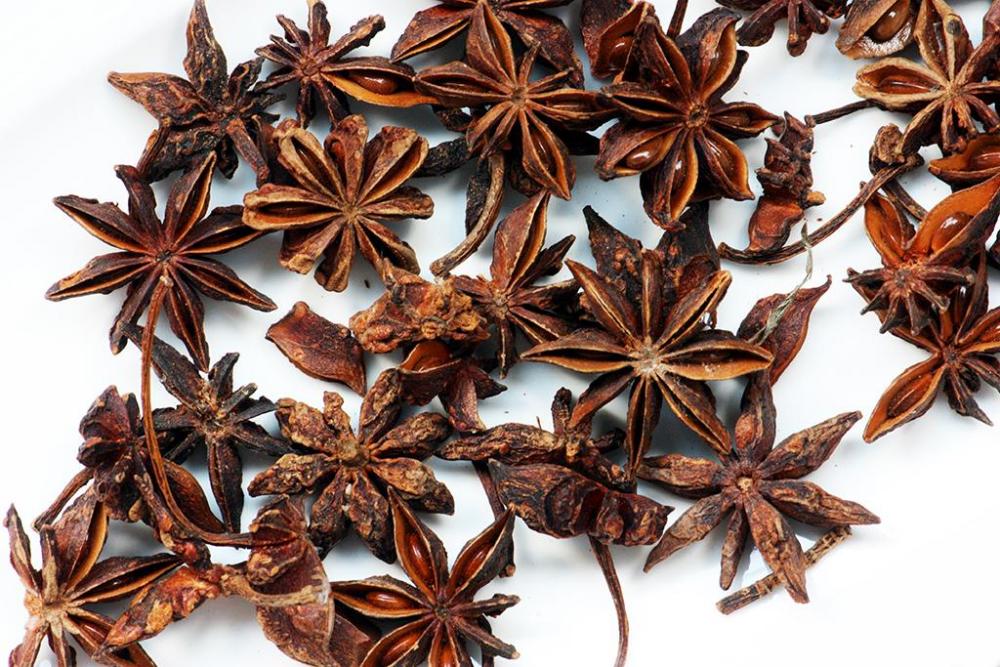
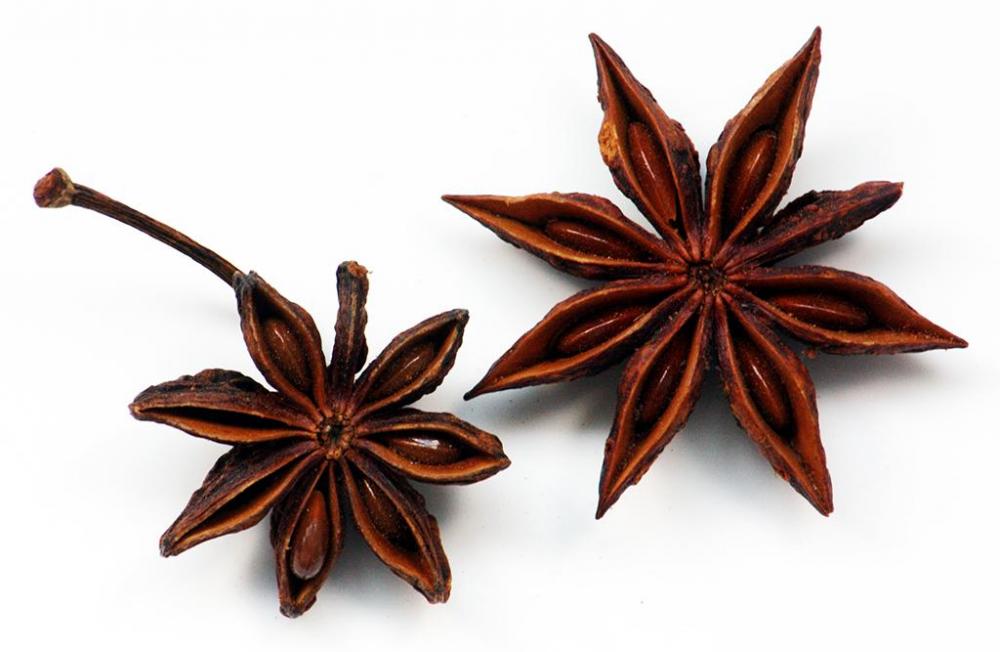
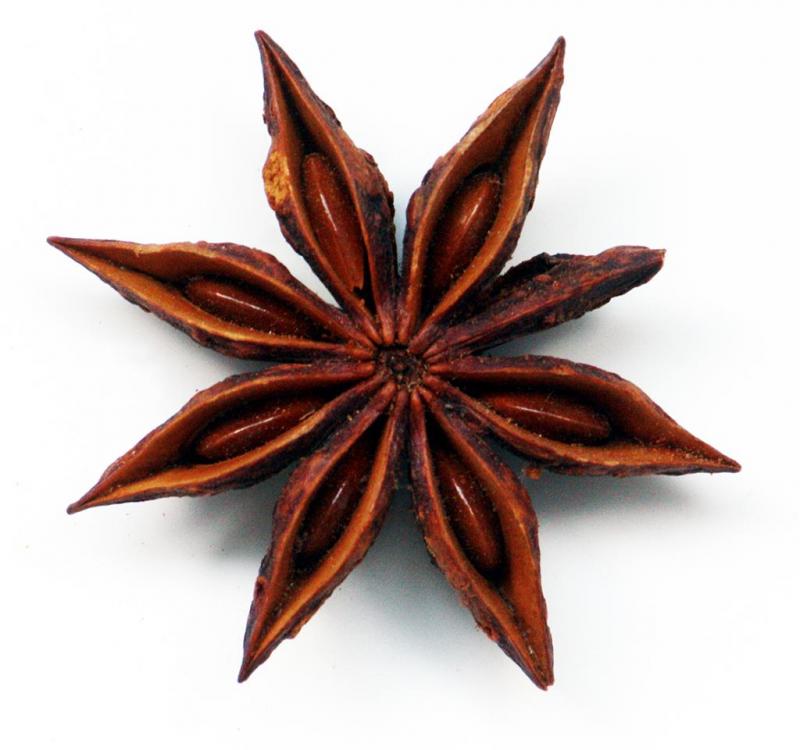

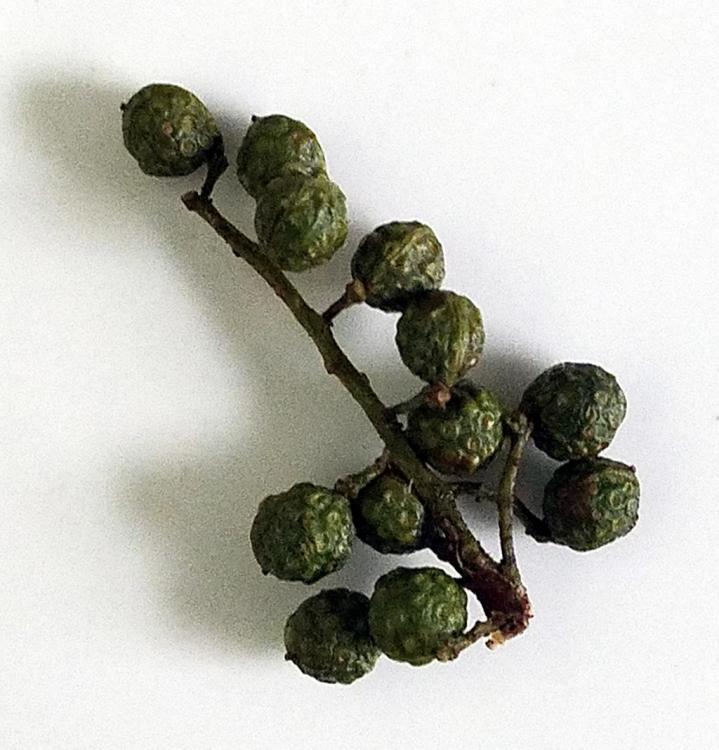
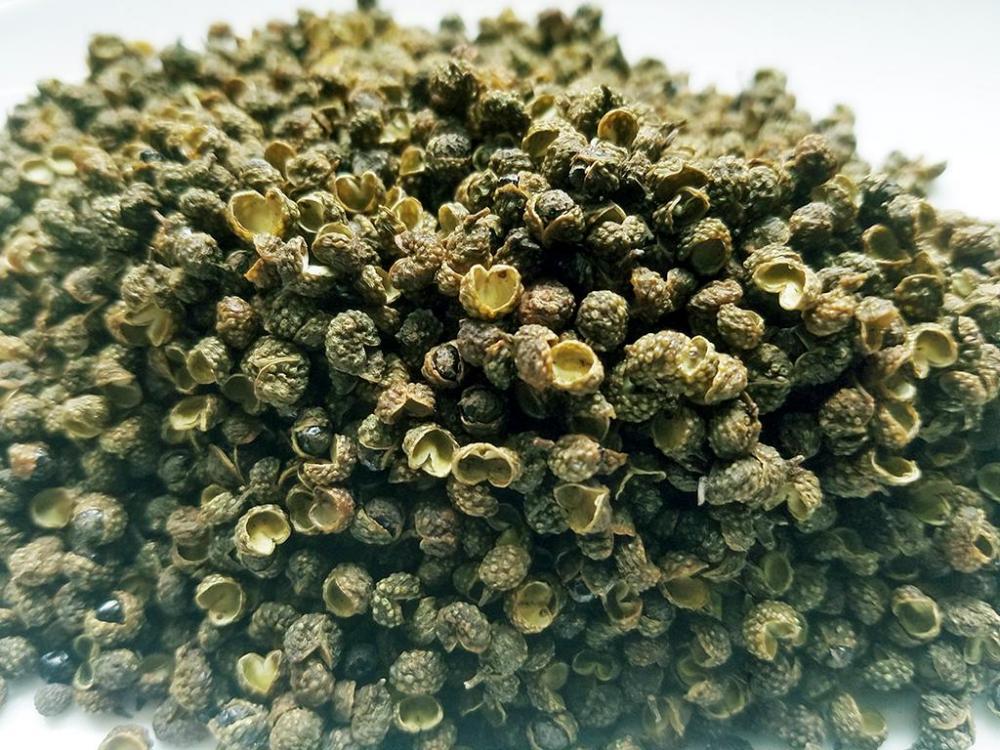
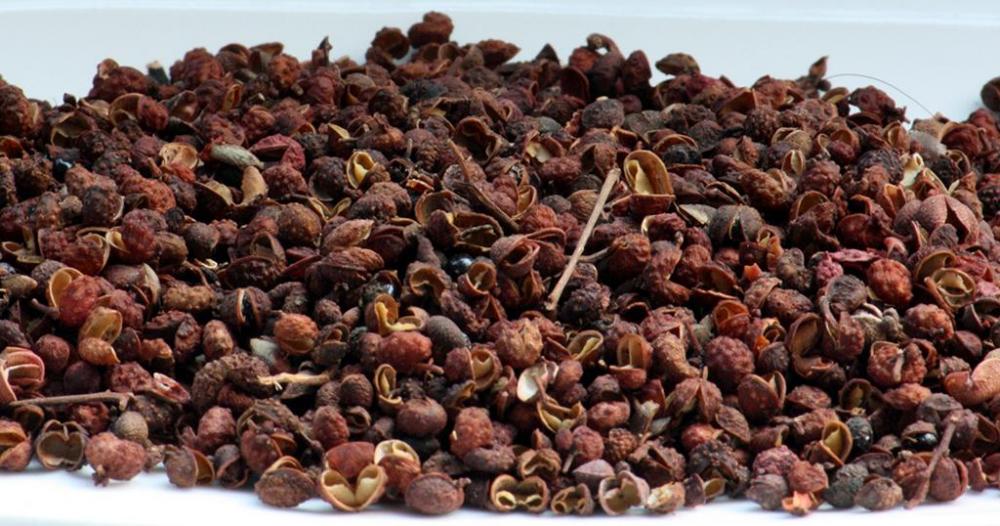


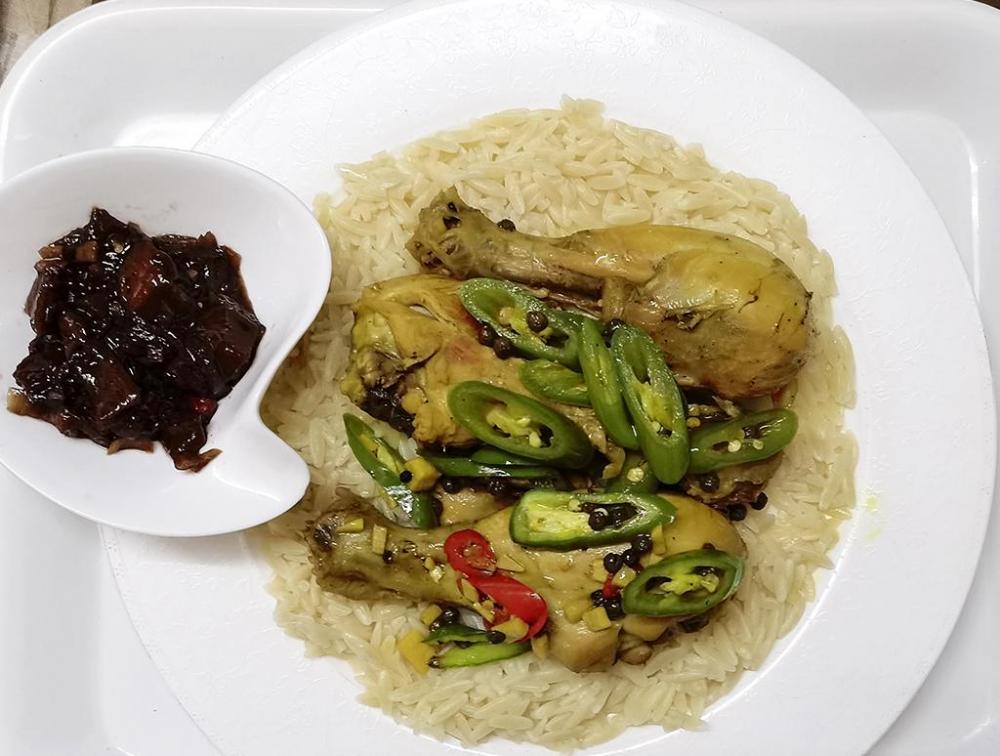
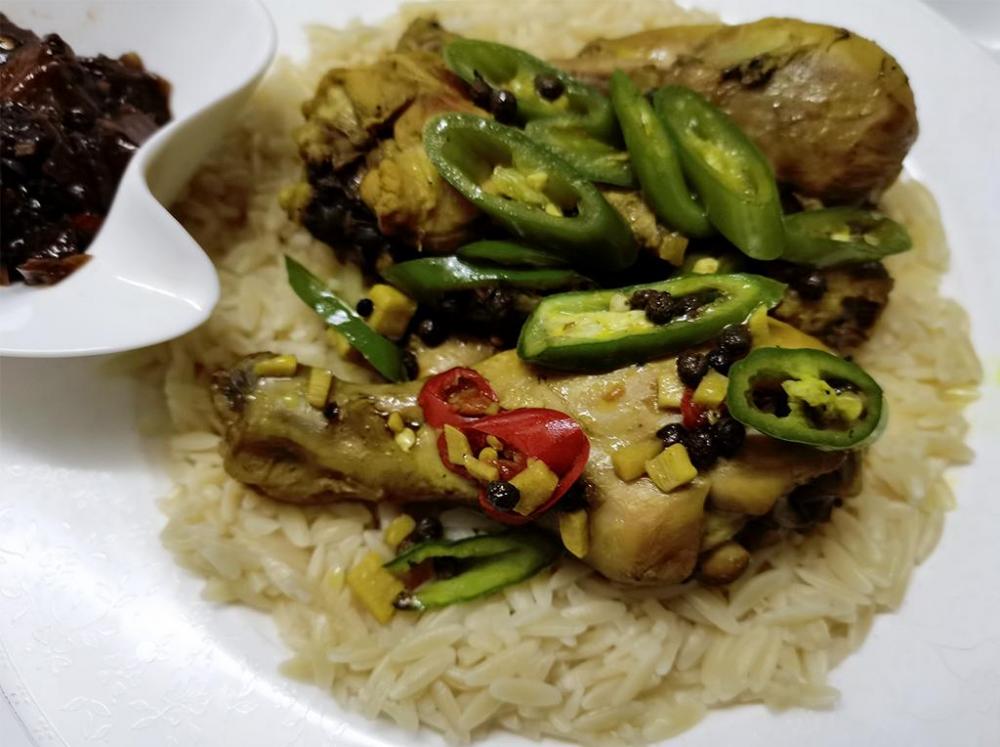


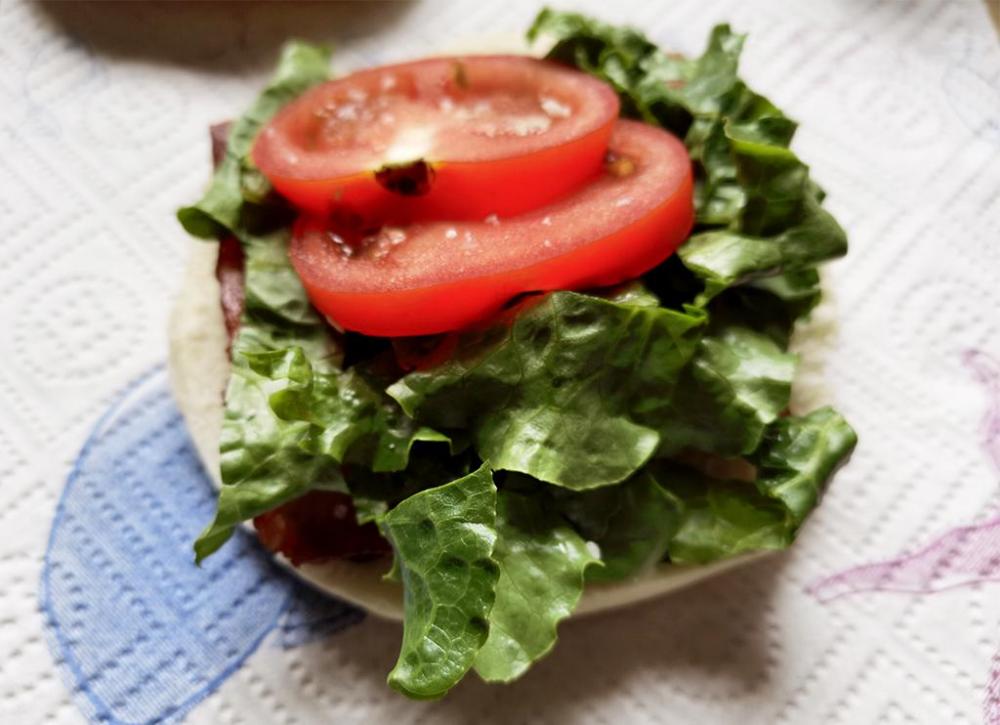
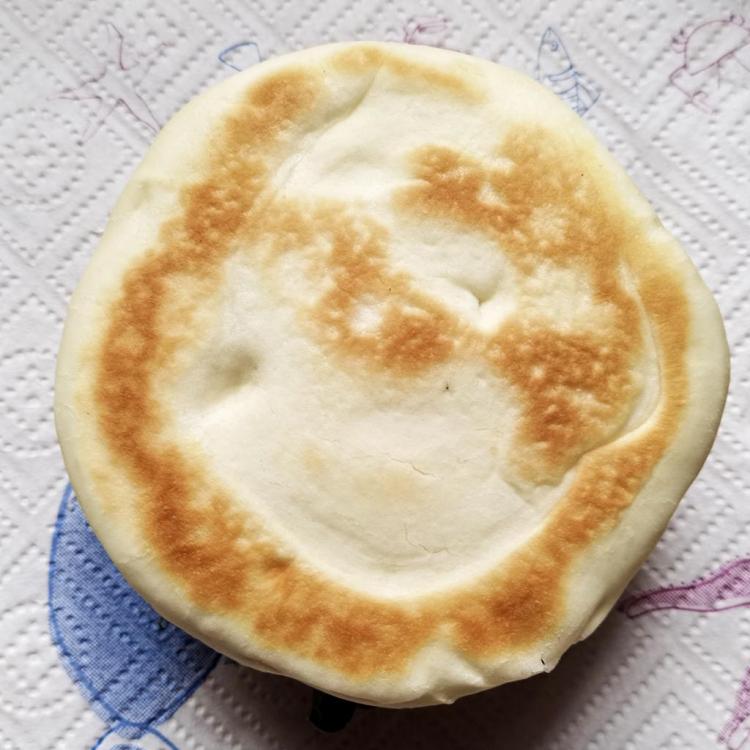



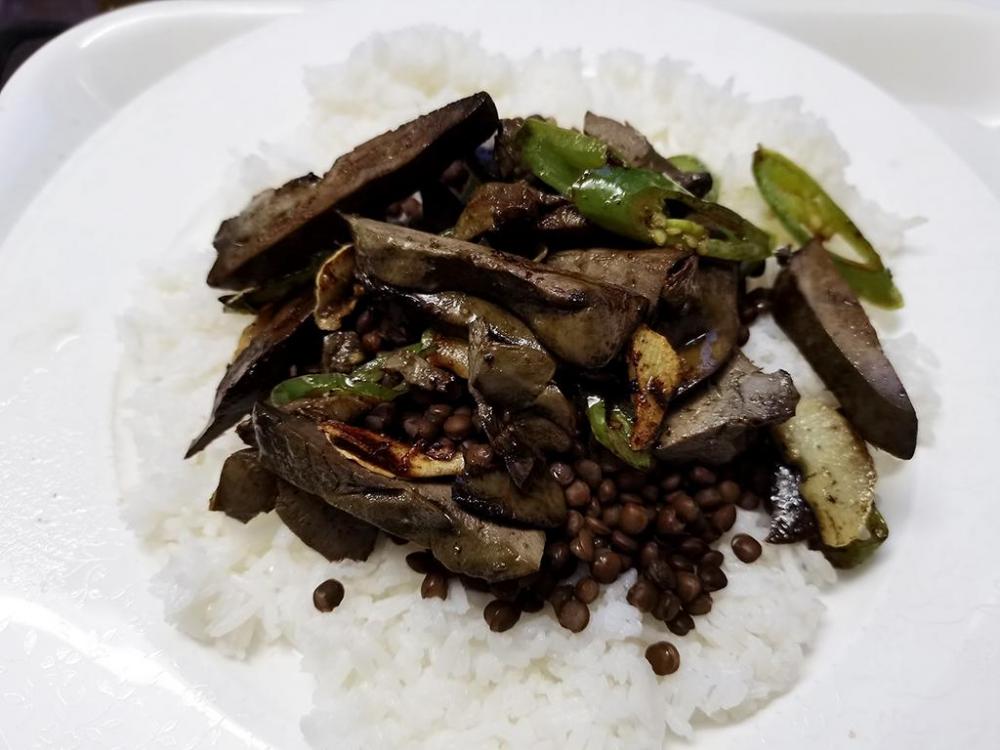
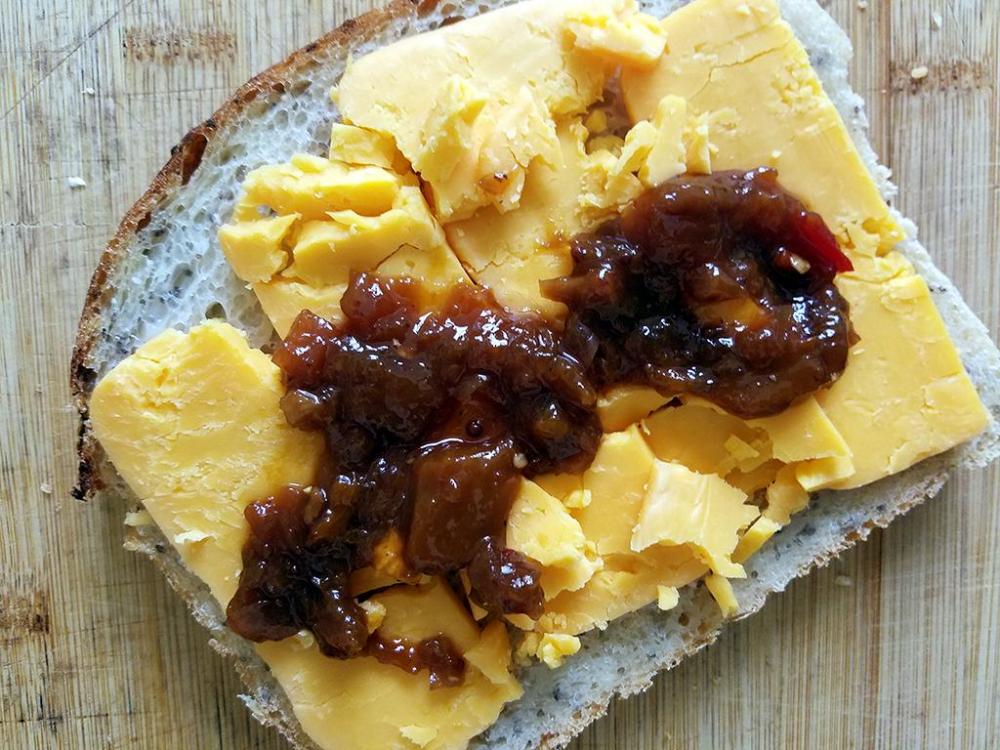
.jpg.3e28d4c54018dc85db4cd40556d37b67.jpg)